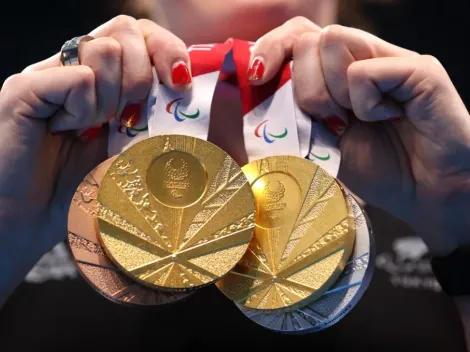The Tokyo 2020 Paralympic Games are underway and fans are pleased. As you might know, these Games are for athletes with a range of disabilities. However, that doesn’t mean that the competition is less awestruck than, for example, the Olympic Games.
Actually, it could be the opposite as these athletes master their respective sports despite living with different conditions such aschronic injuries or illnesses. To compete in the Paralympics, athletes must meet certain criteria and qualifying standards to be eligible, all which are determined by the International Paralympic Committee’s Sports Chairpersons, the Sports Technical Delegates and other organizations.
While we know that the Paralympics are a showcase of elite performance sport, many people don’t know what are the criteria to be eligible to participate in the Paralympics or in what categories athletes are divided. Here, you can check them out.
Categories of the 2021 Paralympics
In the Paralympics Games, athletes are divided in ten main disability categories. As there are many conditions and disabilities, the classification of athletes is important to ensure that the competition is fair. Not all the sports are for all the conditions.
As the IPC explains, the classification “determines who can compete in the sport and groups these athletes based on the impact their impairment has on the key activities of the sport.” So, these are the main categories:
Impaired Muscle Power: Athletes with a health condition that reduces or eliminates their ability to voluntarily contract their muscles in order to move or generate force. Ex.: spinal cord injury, muscular dystrophy, spina bifida.
Impaired Passive Range of Movement: Athletes that have a restriction or a lack of passive movement in one or more joints. Example: arthrogryposis.
Limb Deficiency: Athletes who have total or partial absence of bones or joints as a consequence of trauma (amputation), illness or congenital limb deficiency.
Leg Length Difference: Athletes who have a difference in the length of their legs as a result of a disturbance of limb growth, or as a result of trauma.
Short Stature: Athletes who have a reduced length in the bones of the upper limbs, lower limbs and/or trunk.

Track and field competitions are a must-see in the Paralympics (Getty).
Hypertonia: Athletes who have an increase in muscle tension and a reduced ability of a muscle to stretch caused by damage to the central nervous system.
Ataxia: Athletes with uncoordinated movements caused by damage to the central nervous system.
Athetosis: Athletes who have continual slow involuntary movements.
Vision Impairment: Athletes who have reducedor no vision at all.
Intellectual Impairment: Athletes who have a restriction in intellectual functioning and adaptive behaviour in which affects conceptual, social and practical adaptive skills.





